Swiss company Transmutex will use particle-accelerator technology to make uranium that produces less nuclear waste when used in fission reactions.


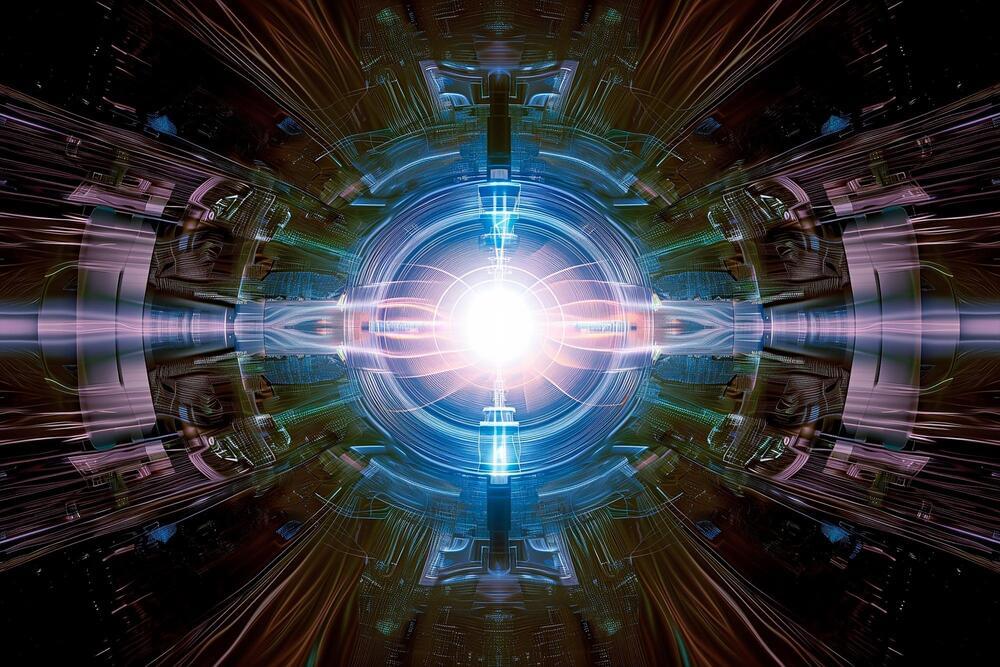
Researchers at the Princeton Plasma Physics Laboratory are harnessing artificial intelligence and machine learning to enhance fusion energy production, tackling the challenge of controlling plasma reactions. Their innovations include optimizing the design and operation of containment vessels and using AI to predict and manage instabilities, significantly improving the safety and efficiency of fusion reactions. This technology has been successfully applied in tokamak reactors, advancing the field towards viable commercial fusion energy. Credit: SciTechDaily.com.
The intricate dance of atoms fusing and releasing energy has fascinated scientists for decades. Now, human ingenuity and artificial intelligence are coming together at the U.S. Department of Energy’s (DOE) Princeton Plasma Physics Laboratory (PPPL) to solve one of humankind’s most pressing issues: generating clean, reliable energy from fusing plasma.
Unlike traditional computer code, machine learning — a type of artificially intelligent software — isn’t simply a list of instructions. Machine learning is software that can analyze data, infer relationships between features, learn from this new knowledge, and adapt. PPPL researchers believe this ability to learn and adapt could improve their control over fusion reactions in various ways. This includes perfecting the design of vessels surrounding the super-hot plasma, optimizing heating methods, and maintaining stable control of the reaction for increasingly long periods.
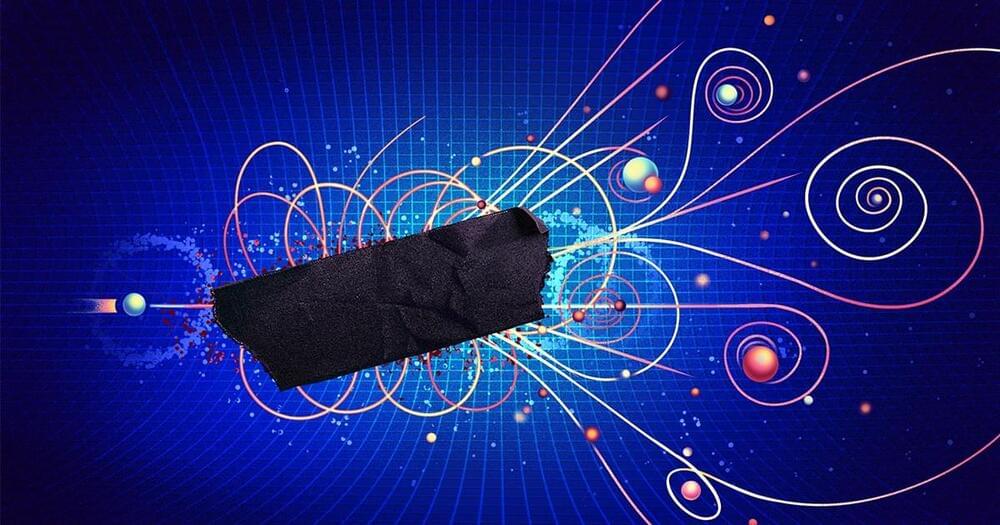
The Standard Model Lagrangian specifies all known particles that might come into being during a collision and how they might interact.
Particle physicists in search of the next theory of reality are consulting a mathematical structure that they know will never fail: a table of possibilities known as the S-matrix.

Diamonds are famously formed under high pressure and temperature, which is partly why they’re so valuable. But now, scientists have created diamonds in a lab under regular pressure in just 15 minutes.
Diamonds are basically just plain old carbon that’s been put under immense pressure and temperature, causing the atoms to crystallize into a particular structure. On Earth, the only place with the right natural conditions is deep in the mantle, hundreds of miles down. Only later are they brought closer to the surface, hitching rides in volcanic eruptions, which makes them pretty rare. Couple that with some of the most insidious marketing in history, and you’ve got a highly sought-after little rock.
Scientists have been growing diamonds in labs for decades, but it usually still needs those extreme conditions – almost 50,000 atmospheres of pressure, and temperatures of about 1,500 °C (2,732 °F). But a new technique has now produced diamonds under normal pressure levels and cooler temperatures.
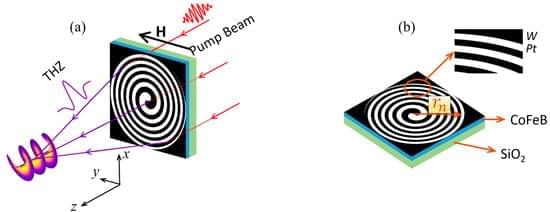
Similar to optical vortex beams, terahertz (THz) vortex beams (TVBs) also carry orbital angular momentum (OAM). However, little research has been reported on the generation of TVBs. In this paper, based on the detour phase technique, we design a series of spintronic terahertz emitters with a helical Fresnel zone plate (STE-HFZP) to directly generate focused TVBs with topological charges (TCs) of l = ±1, ±2 and ±3, respectively. The STE-HFZP is a hybrid THz device composed of a terahertz emitter and a THz lens, and it has a high numerical aperture (NA), achieving subwavelength focal spots. Its focus properties are surveyed systemically through accurate simulations. This STE-HFZP can also generate focused TVBs with higher order TCs.

Researchers at the University of Hong Kong discovered Dirac spinons in the material YCu3-Br, providing evidence of a quantum spin liquid state and potentially advancing applications in quantum computing and high-temperature superconductivity.
Quasiparticles are fascinating entities that arise from collective behavior within materials and can be treated as a group of particles. Specifically, Dirac spinons are anticipated to exhibit unique characteristics similar to Dirac particles in high-energy physics and Dirac electrons in graphene and quantum moiré materials, such as a linear dispersion relation between energy and momentum. However, spin-½ charge-neutral quasiparticles had not been observed in quantum magnets until this work.
‘“To find Dirac spinons in quantum magnets has been the dream of generations of condensed matter physicists; now that we have seen the evidence of them, one can start to think about the countless potential applications of such highly entangled quantum material. Who knows, maybe one-day people will build quantum computers with it, just as people have been doing in the past half-century with silicon,’” said Professor Meng, HKU physicist and one of the corresponding authors of the paper.

Many of today’s quantum devices rely on collections of qubits, also called spins. These quantum bits have only two energy levels, the ‘0’ and the ‘1’. However, unlike classical bits, qubits can exist in superpositions, meaning they can simultaneously be in a combination of the ‘0’ and ‘1’ states. Spins in real devices also interact with light and vibrations known as bosons, greatly complicating calculations.
In a new publication in Physical Review Letters (“Fast quantum state preparation and bath dynamics using non-Gaussian variational Ansatz and quantum optimal control”), researchers in Amsterdam demonstrate a way to describe spin-boson systems and use this to efficiently configure quantum devices in a desired state.
Quantum devices use the quirky behaviour of quantum particles to perform tasks that go beyond what ‘classical’ machines can do, including quantum computing, simulation, quantum sensing, quantum communication and quantum metrology. These devices can take many forms, such as a collection of superconducting circuits, or a lattice of atoms or ions held in place by lasers or electric fields.
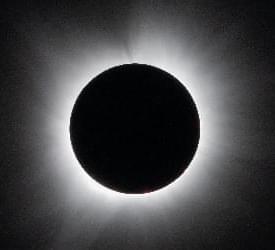
New solar observations indicate that plasma waves are responsible for the Sun’s outer atmosphere having different abundances of chemical elements than the Sun’s other layers.
The solar corona is a halo of hot, tenuous plasma that surrounds the Sun out to large distances. It is visible during solar eclipses (Fig. 1) but is usually outshone by the glare of the Sun’s surface, or photosphere. The corona has different abundances of chemical elements than the rest of the Sun, and a longstanding question has been why this disparity exists. New solar measurements by Mariarita Murabito at the Italian National Institute of Astrophysics (INAF) and colleagues suggest that the difference is caused by plasma waves dragging easily ionized elements from the Sun’s lower atmosphere into the corona [1]. This finding could lead to a better understanding of the structure of stars.
The corona is of great interest to solar physicists, partly because it produces the solar wind—an outflow of hot gas from the Sun. The solar wind is most evident to us on Earth when its particles become trapped in Earth’s magnetic field and collide with our atmosphere, causing an aurora. An important problem in solar physics is to determine which coronal structures generate the solar wind and how solar conditions affect the outflow’s properties. The elemental composition of the solar wind sheds light on its origins, as this composition does not change once the gas leaves the Sun. The solar wind can be directly sampled by spacecraft in situ, and its elemental abundances can be compared to coronal abundances inferred from spectroscopy.
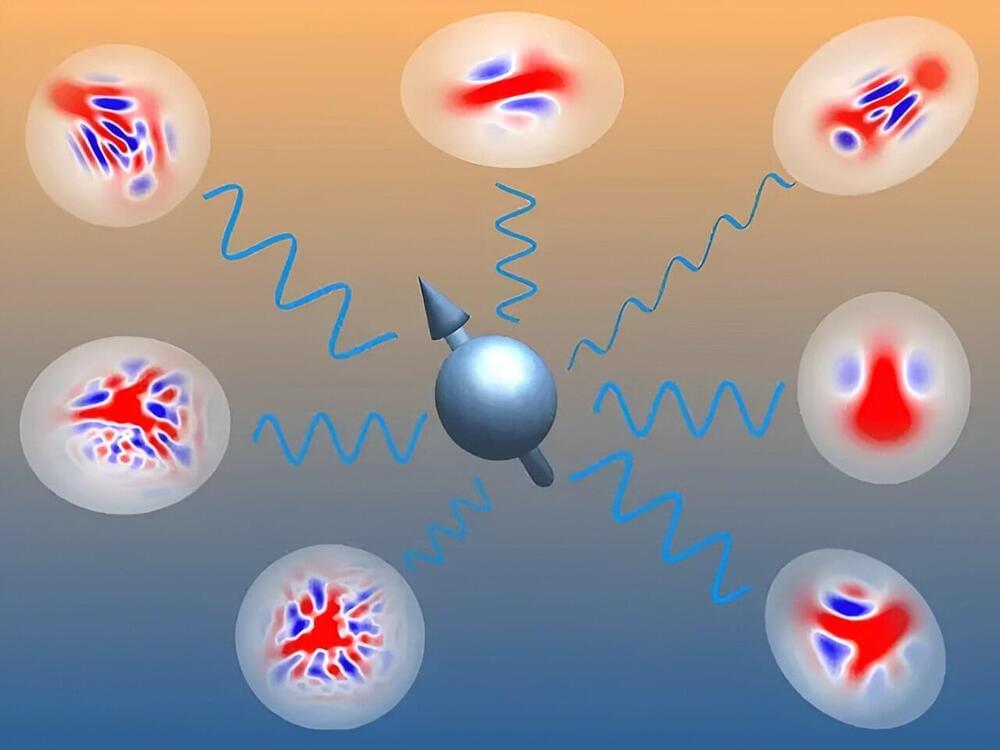
In a new publication in Physical Review Letters, researchers in Amsterdam demonstrate a way to describe spin-boson systems and use this to efficiently configure quantum devices in a desired state.
Quantum devices use the quirky behavior of quantum particles to perform tasks that go beyond what “classical” machines can do, including quantum computing, simulation, sensing, communication and metrology. These devices can take many forms, such as a collection of superconducting circuits, or a lattice of atoms or ions held in place by lasers or electric fields.
Regardless of their physical realization, quantum devices are typically described in simplified terms as a collection of interacting two-level quantum bits or spins. However, these spins also interact with other things in their surroundings, such as light in superconducting circuits or oscillations in the lattice of atoms or ions. Particles of light (photons) and vibrational modes of a lattice (phonons) are examples of bosons.
UNSW quantum engineers have developed a new amplifier that could help other scientists search for elusive dark matter particles.